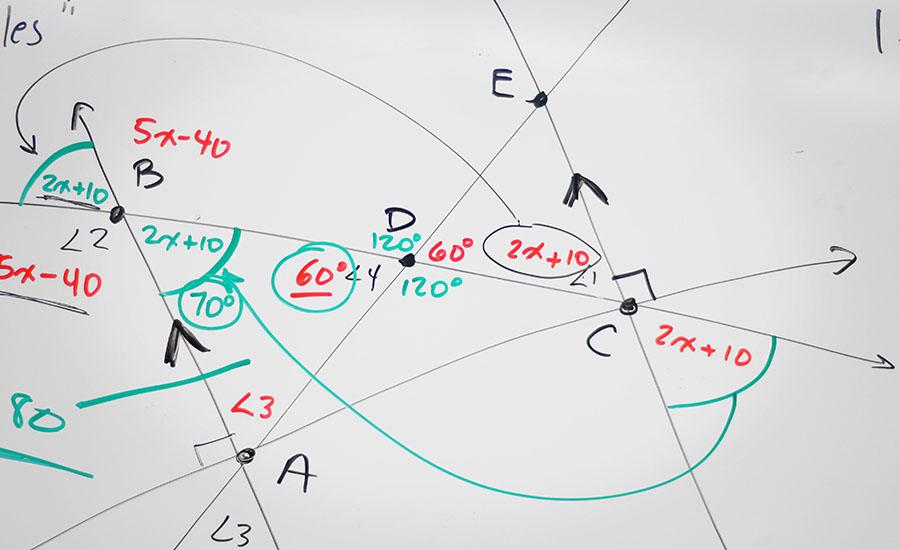
Energy Transfer: Ramps
by Natasha Banales
Students will learn about the difference between potential and kinetic energy by building a ramp. Three objects will be tested down the ramp to see which one can go the farthest. Data will be collected, plotted on a line plot, and analyzed. Students will reflect on their designs and define the science terms associated with this lesson.
Lesson Grade Level
4th GradeLesson Plan Link/URL
https://docs.google.com/presentation/d/1XkQ306iAq9duY1KC9ASv7vNvqUYe2Y7O/edit?u…Subject Area
Science Physical Science P4: Energy Transfer Engineering S2: Apply the Engineering Design Process Mathematics Measurement and Data (MD) English Language Arts (ELA) Writing
Featured
Off
Related Content

Grades:
6th Grade, 7th Grade, 8th Grade
Model Building For Disaster is a 4-6 week unit in which students research natural disasters around the world and their effect on developing countries. Following their research, student teams design

Grades:
4th Grade, 5th Grade
This lesson teaches students about lines, angles, measuring and naming angles, using a protractor, and engages students by having them build a catapult and measure best angle for furthest launch.

Grades:
3rd Grade, 4th Grade, 5th Grade, 6th Grade, 7th Grade, 8th Grade, 9th Grade, 10th Grade, 11th Grade, 12th Grade
In this engaging lesson, students explore how size, strength, weight and time constraints can impact space transportation. There are a variety of resources included with this lesson.